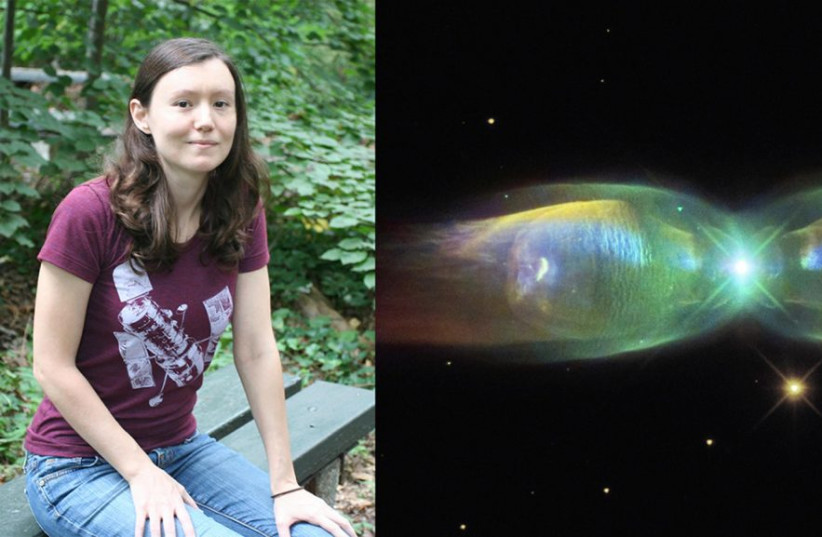NASA's James Webb Telescope—the largest, most powerful telescope in the world—took new images of Jupiter that will help scientists learn more about the mysterious planet, the official blog for the telescope on NASA's website shared on Monday.
The two images were taken by the observatory's Near-Infrared Camera (NIRCam), which uses three infrared filters to capture hidden details of the planet.
As infrared light is invisible to the human eye, the light was mapped onto the visible spectrum.
In one of the images, a composite of several others, auroras can be seen extending above the planet's north and south poles.
The auroras, as well as low clouds and upper hazes, shine through a filter mapped to redder colors, while hazes around the north and south poles shine through a filter mapped to yellow and green colors and a deeper main cloud shines through a filter mapped to blues.

Jupiter's Great Red Spot, a massive storm larger than the size of Earth, appears white in the photo as it is reflecting light from the Sun.
From a wide-field view, Jupiter's rings and two of its moons, Amalthea and Adrastea, can be seen.
In order for this data to reach Earth, it first arrived at the Space Telescope Science Institute (STScI), Webb's science operations and mission center, as raw data, where it was processed into files for scientific analysis and then delivered to the Mikulski Archive for Space Telescopes. Next, it was translated into the form of images.
Citizen scientists study the skies with NASA's James Webb Space Telescope
“I’m really looking forward to seeing these weird and wonderful baby stars blowing holes into nebulas.”
Judy Schmidt
The images were processed by citizen scientist Judy Schmidt of Modesto, California, in collaboration with Ricardo Hueso, who studies planetary atmospheres at the University of the Basque Country in Spain.
Schmidt said she is excited about the possibility of the Webb telescope capturing images of newborn stars that emit jets in small patches of nebulae known as Herbig–Haro objects. “I’m really looking forward to seeing these weird and wonderful baby stars blowing holes into nebulas,” she said, according to Webb operations.
